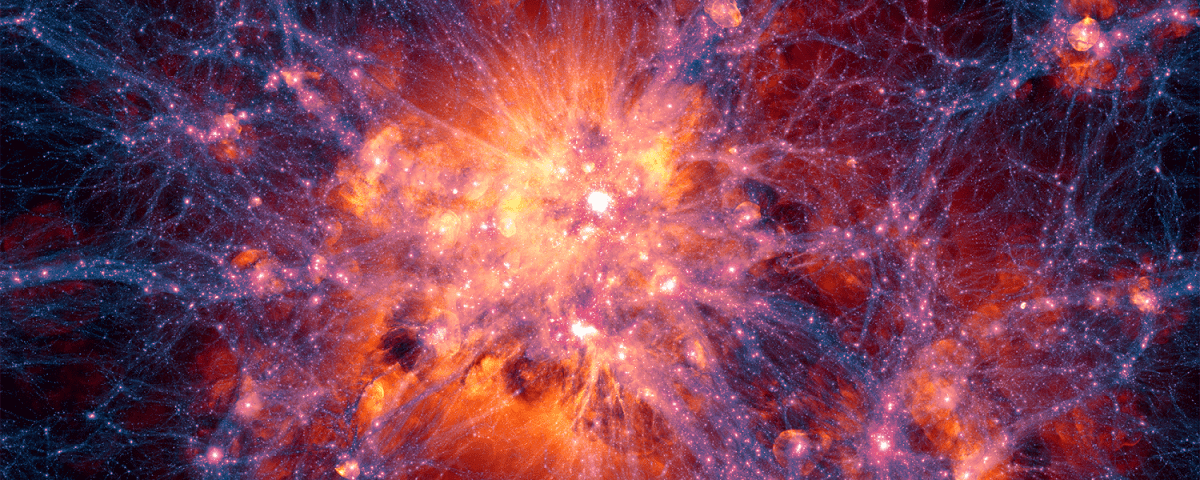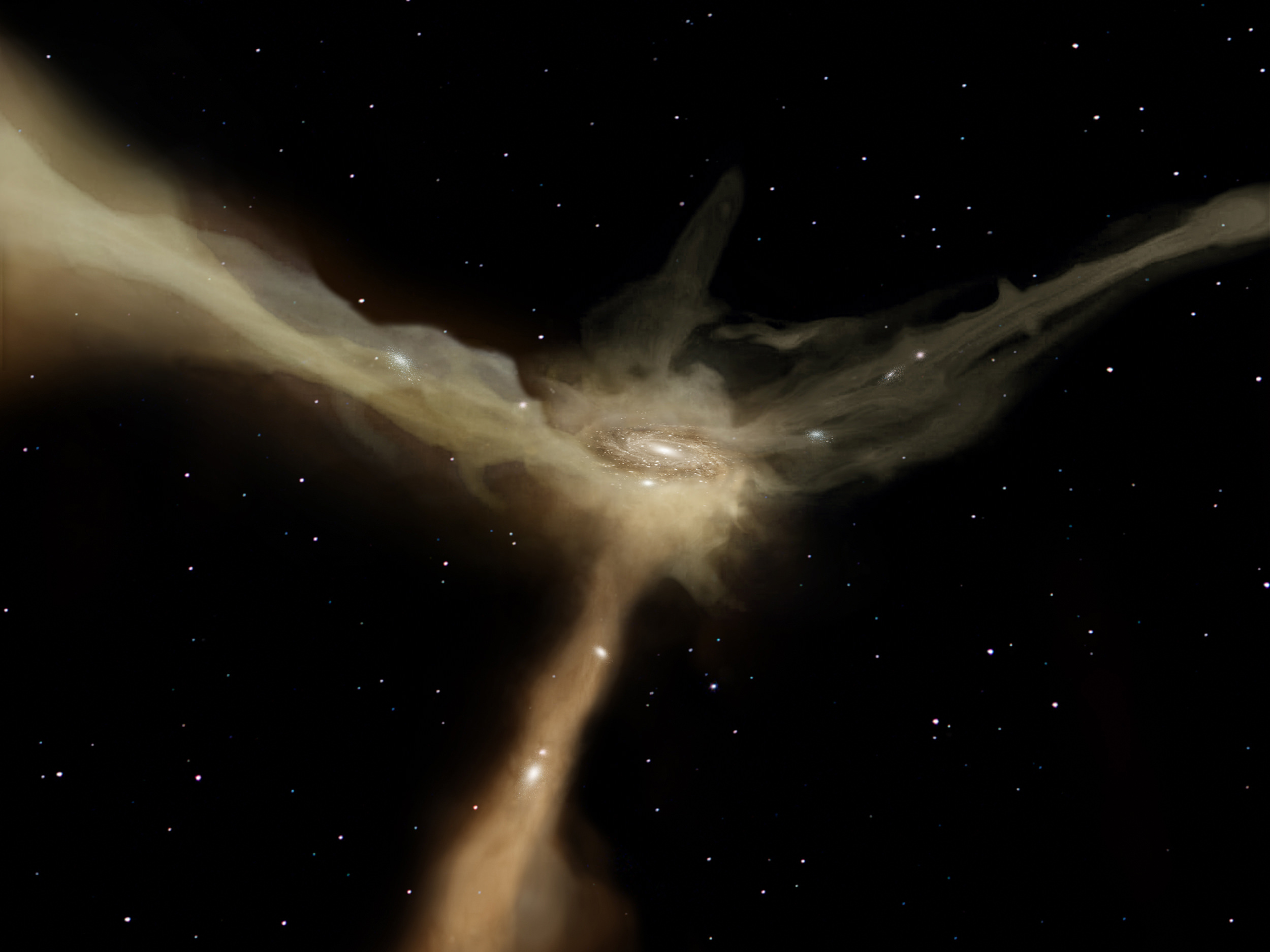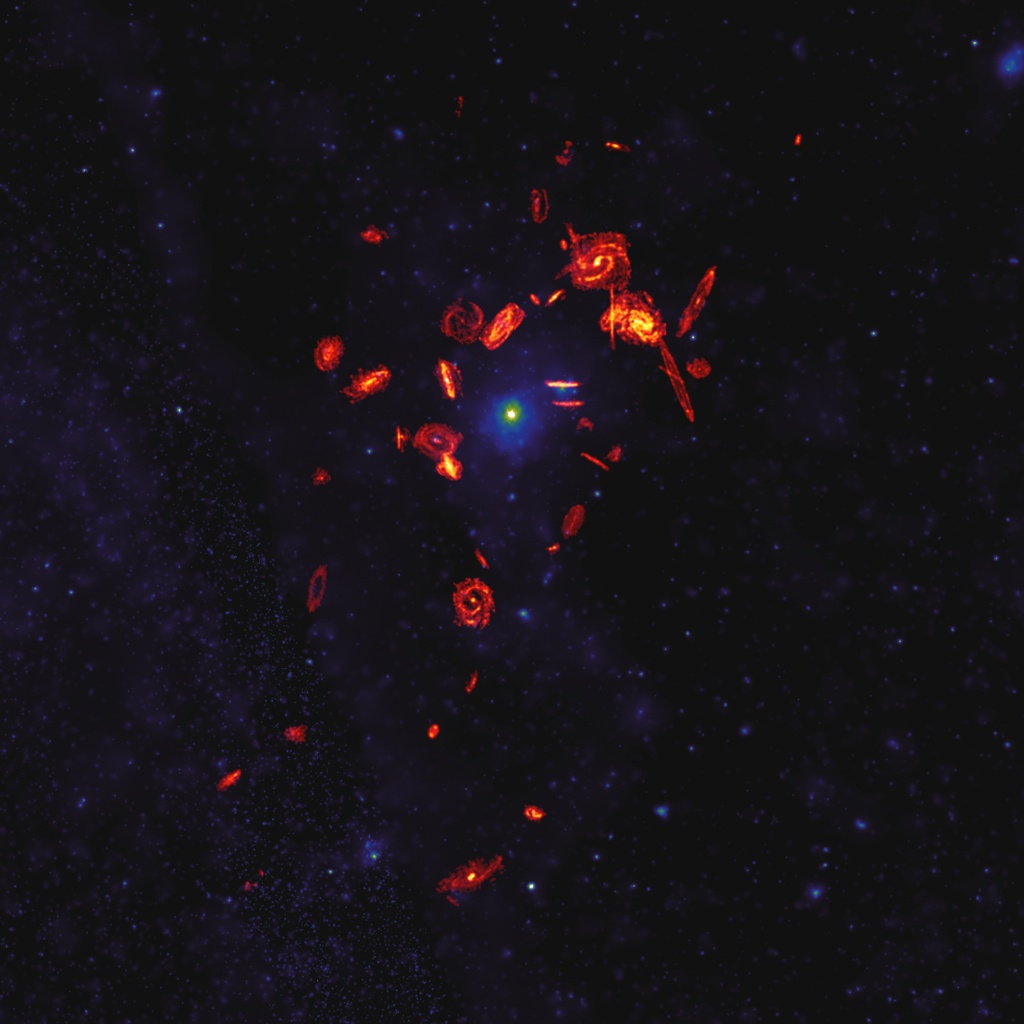When the James Webb Space Telescope was launched on Christmas Day in 2021, it faced a whole host of intriguing questions. By the time it finally launched, astronomers had a big list of targets begging for the type of detailed observations that only the powerful infrared space telescope could perform. One of the targets was an ancient, massive galaxy that’s basically dead and forms no new stars.
The results are in, and an international team of astronomers know what happened to the quiescent galaxy.
Continue reading “A Black Hole has Almost Halted Star Formation in its Galaxy”




